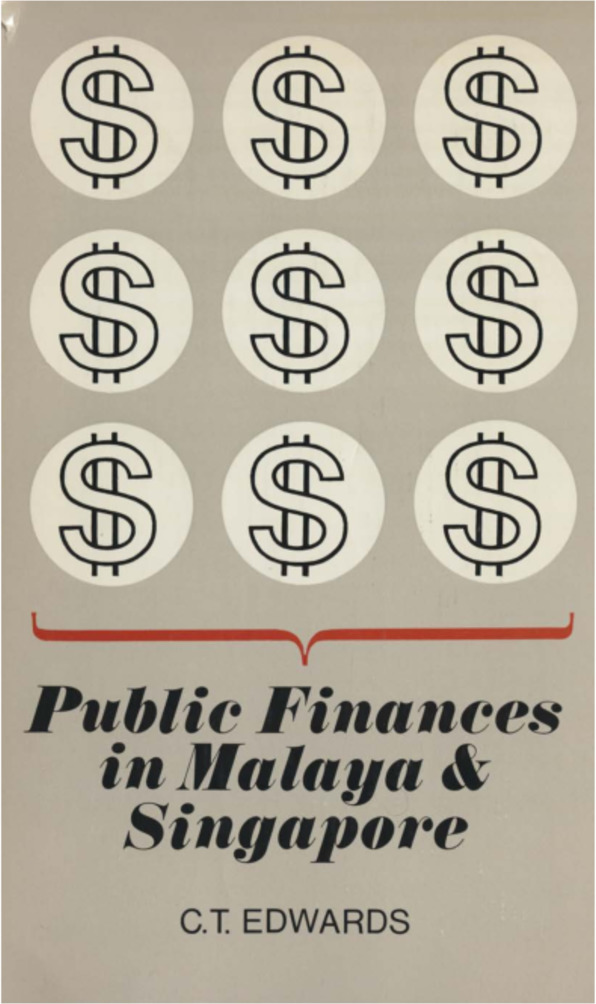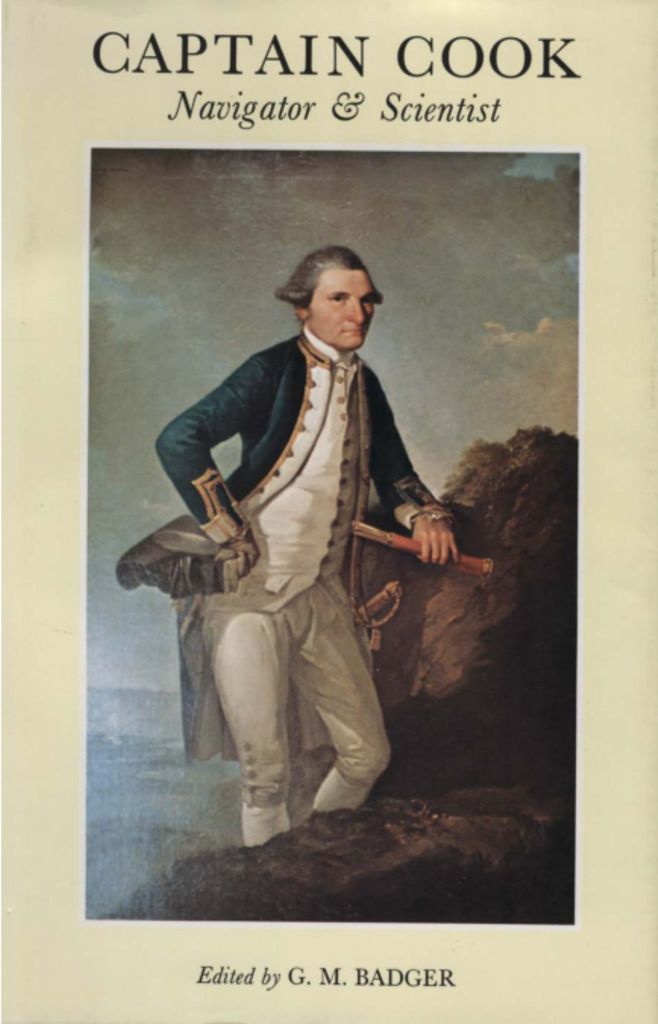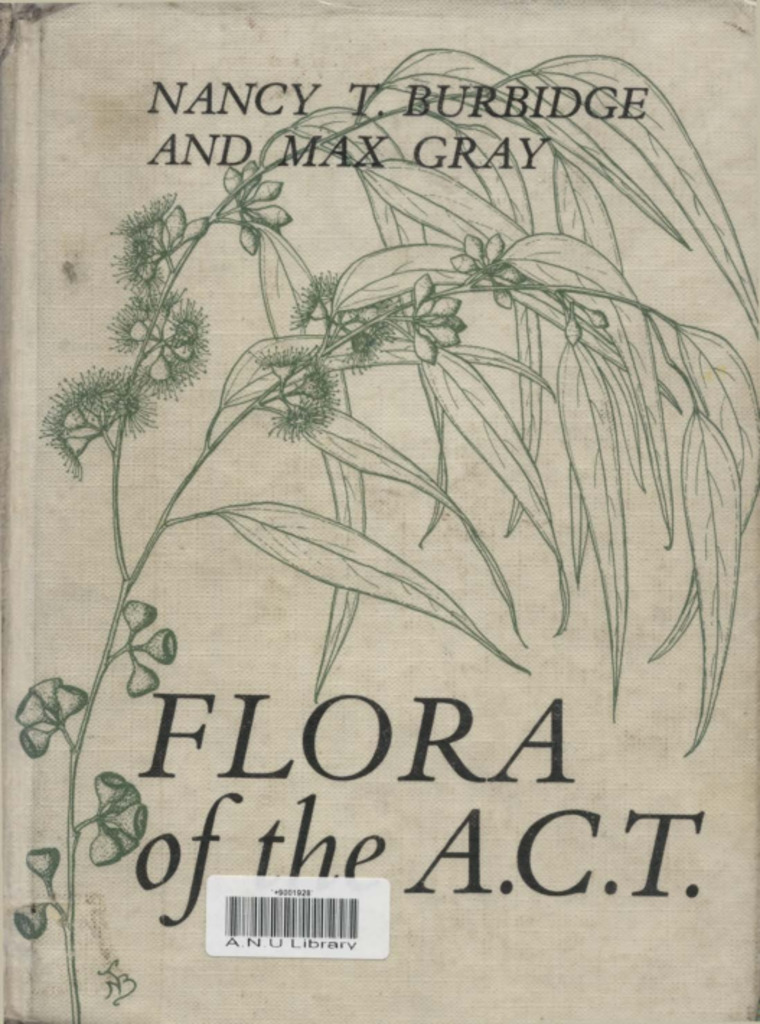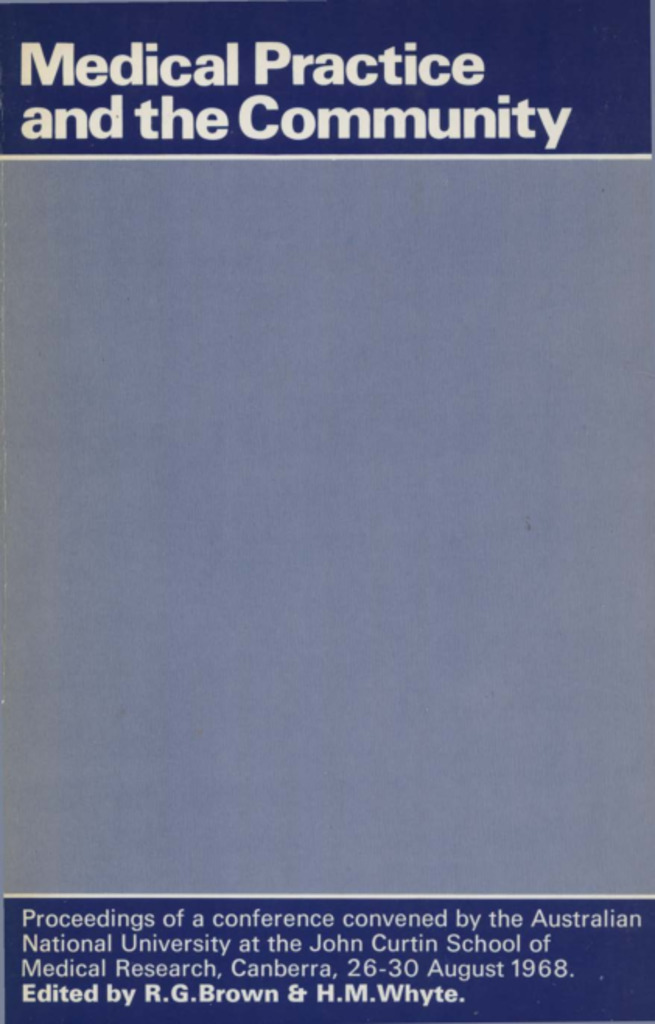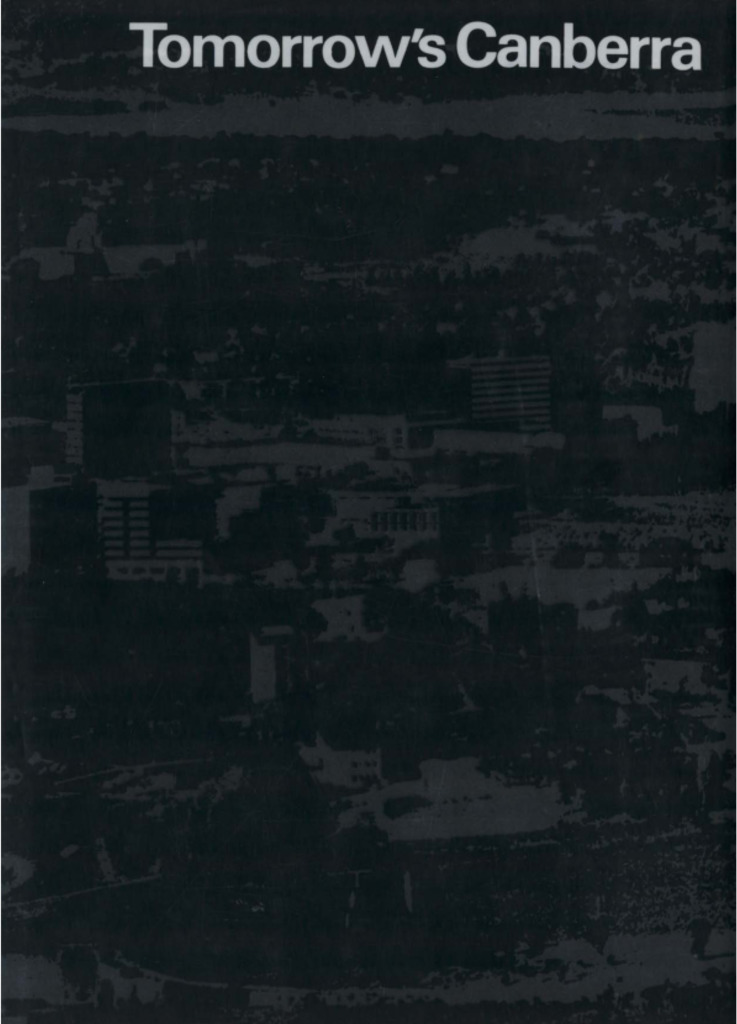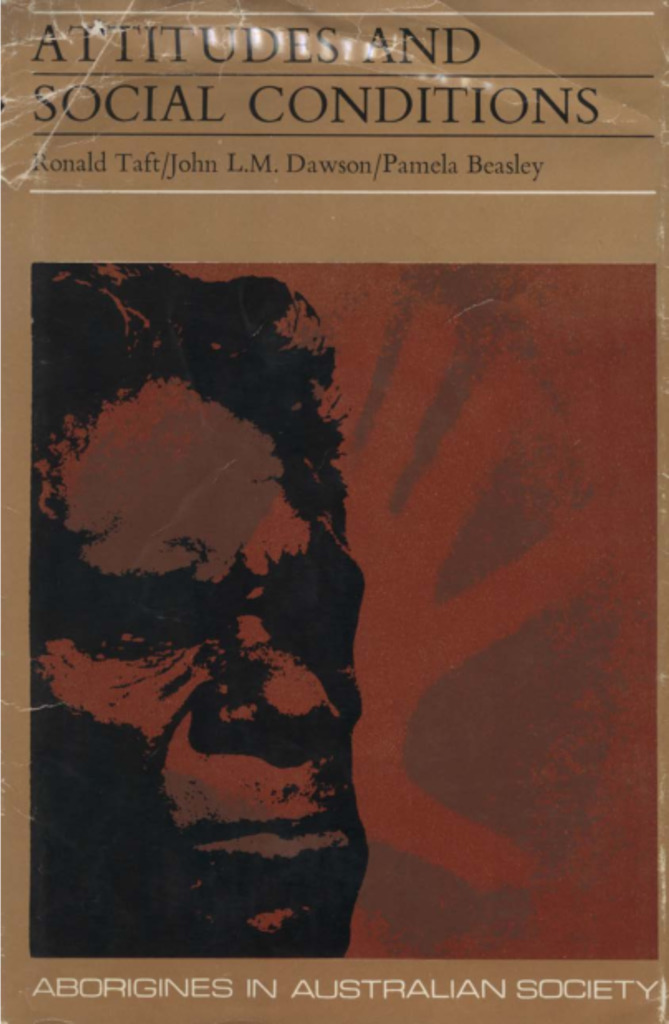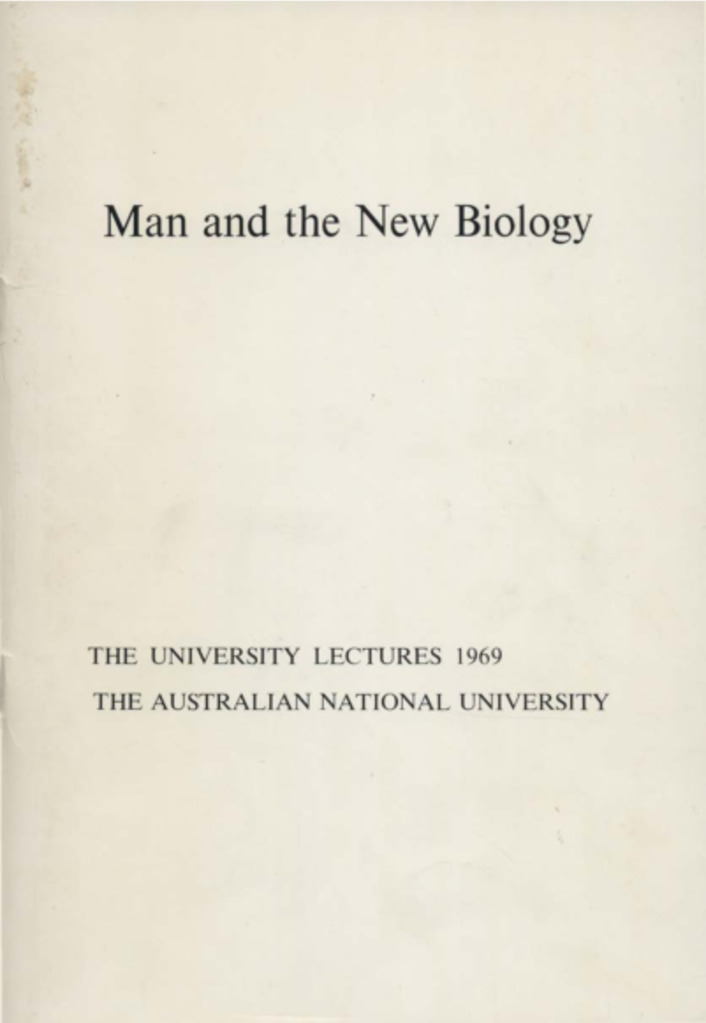
The political economy of independent Fiji »
Publication date: 1970
This book on Fiji provides a fascinating case study of planning in which the small scale and isolation of the economy enables major issues to be seen in almost laboratory-like clarity. In particular it throws light on problems of a multi-racial society in which some important economic and political roles are racially differentiated, and it illustrates the special difficulties of modernisation and growth where a major component in an economy is affluent by reason of a subsistent agriculture that does not earn a monetary income. For the student of Fiji, it provides an authoritative introduction to a political economy on which little else of a comprehensive nature has been written in recent years. For the tens of thousands of visitors to Fiji every year it provides an opportunity for deepened appreciation and understanding of a country that has aroused their interest. For the people of Fiji, and for those in many lands who follow with interest and concern the affairs of this beautiful and fortunate country, it provides a careful and easily understood analysis of problems the understanding and ultimate solution of which are of vital and immediate practical urgency.
